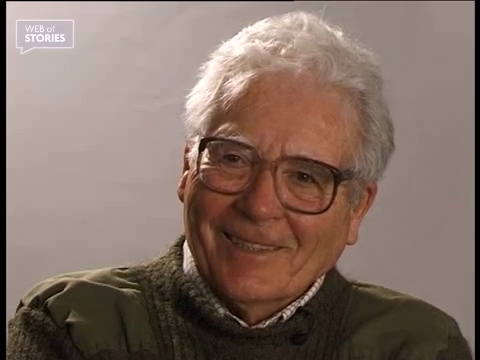 CFN – As a new portrait of scientist and environmentalist James Lovelock goes on display in the National Portrait Gallery, watch him recount, in enthralling detail, memories of his life’s work.
CFN – As a new portrait of scientist and environmentalist James Lovelock goes on display in the National Portrait Gallery, watch him recount, in enthralling detail, memories of his life’s work.
.
Born in 1919, James Lovelock is a globally respected environmental thinker and independent scientist. While his career has included work for NASA and MI5, he is best known for proposing the Gaia hypothesis. This ecological theory postulates that the biosphere and the physical components of the Earth form a complex self-regulating entity that maintains the climatic and biogeochemical conditions on Earth and keep it healthy.
.
In this series of truly captivating recordings, Lovelock recounts what drew him to science and reminisces on how he invented his own electron capture detector in order to carry out his work ‘…it was rather special. It was the most sensitive capture device in existence.’
He reflects on his work in the 1960s with biologists in Houston to detect life on Mars, and his frustration at the experiments being carried out.
‘I voiced my doubts? and they got very annoyed? In fact, most of my encounters with biologists lead to them getting very annoyed with me.’
Lovelock also shares priceless memories of how he came to consider that life regulates the chemistry and the climate of the atmosphere ? the Gaia hypothesis, as well as how the hypothesis came to be named. He goes on to discuss how, in his view, science should never replace religion: ‘…people need to believe in things, and science can never offer them that.’
.
All of Lovelock’s fascinating recordings can be watched as a number of short clips ranging in length between one and seven minutes. All Web of Stories videos are easy to share with friends and colleagues, and may be embedded into personal blogs and websites.
Click here to find out more: LINK

